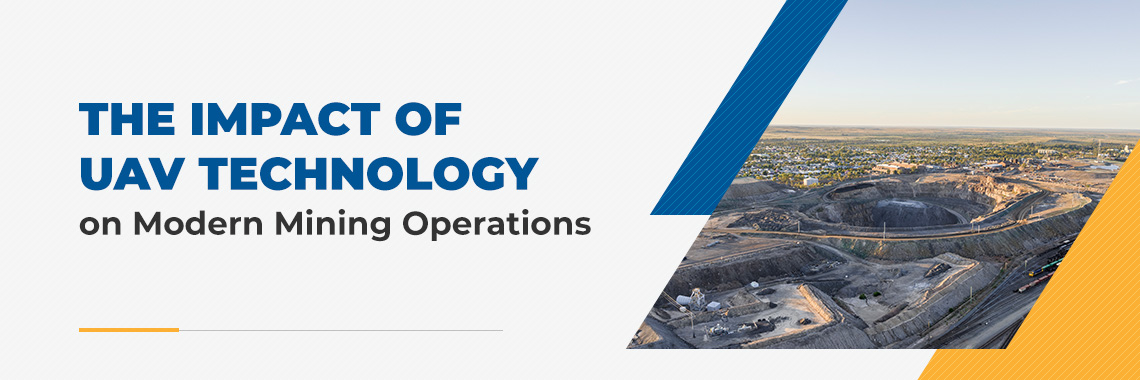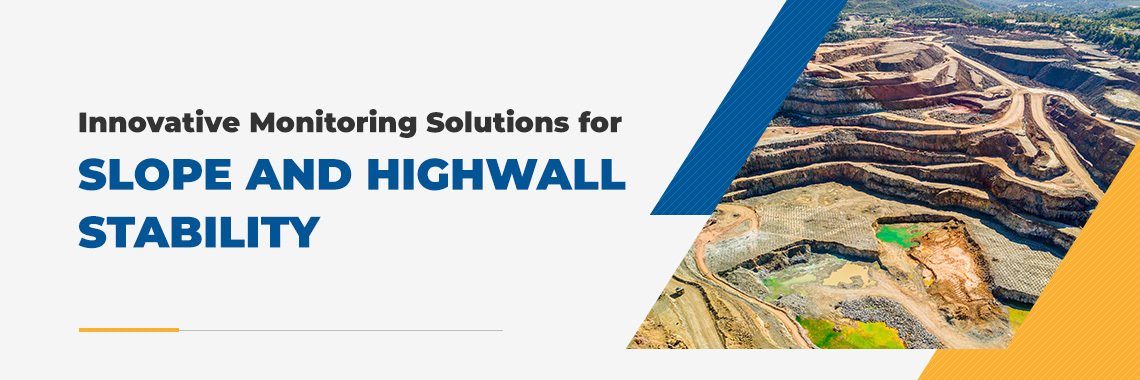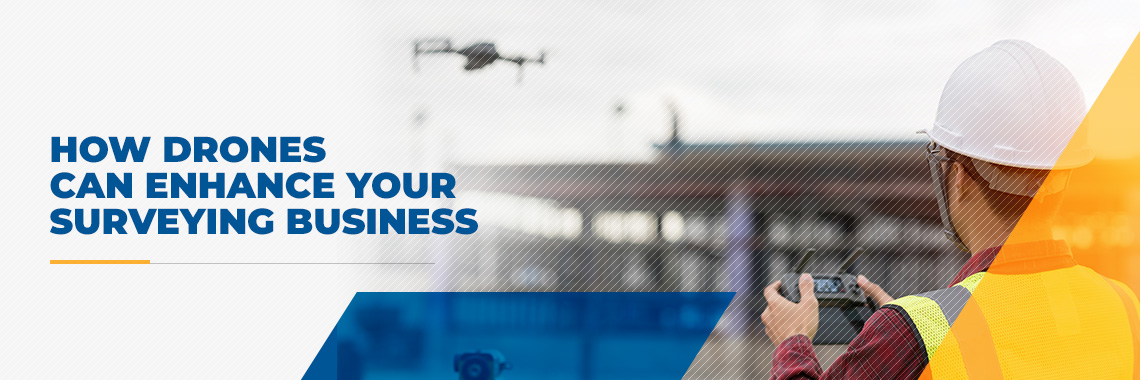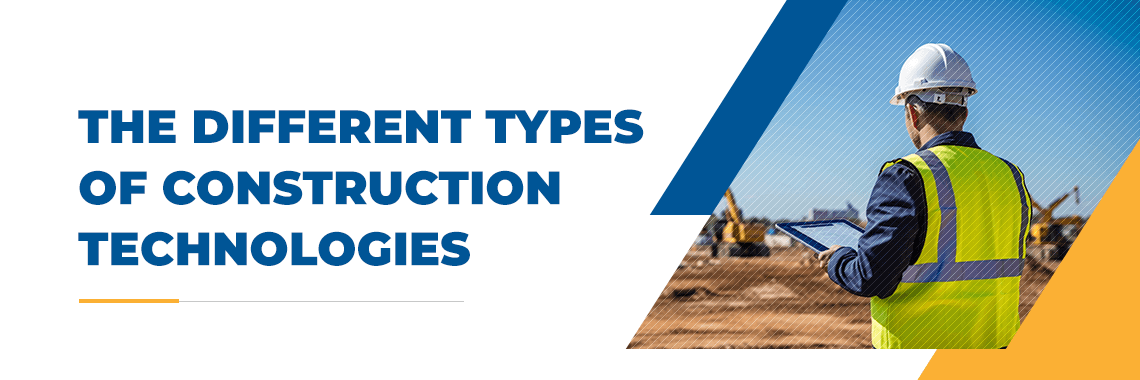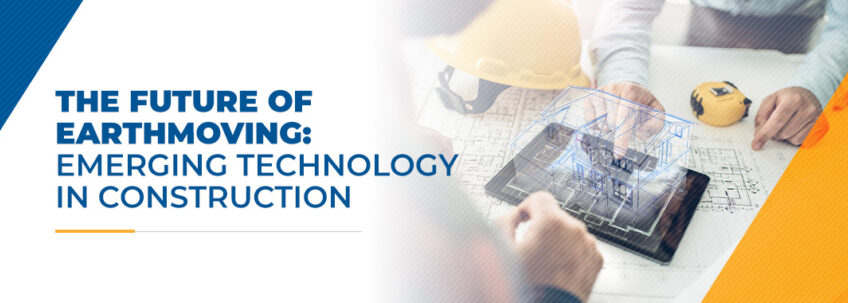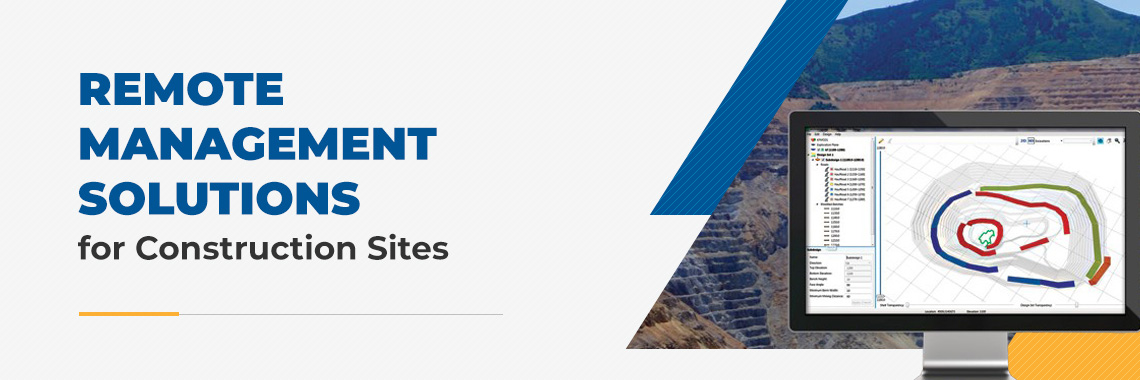
Today’s construction projects have more moving parts than ever. Multiple crews, expanded equipment fleets and tight deadlines create issues that outdated management strategies struggle to handle. Large-scale jobs often require coordination between dozens of contractors, subcontractors and equipment operators working across a wide area.
The complexity of managing these projects with conventional methods can lead to communication breakdowns, costly delays and budget overruns that can threaten a project’s success.
Construction companies are increasingly implementing remote management technology, allowing supervisors and project managers to oversee operations from anywhere with an internet connection. These digital solutions provide instant visibility into project progress, equipment status and team activities without constantly being present on the jobsite. As more businesses discover the benefits of these solutions, the more the popularity of these platforms continues to grow.

